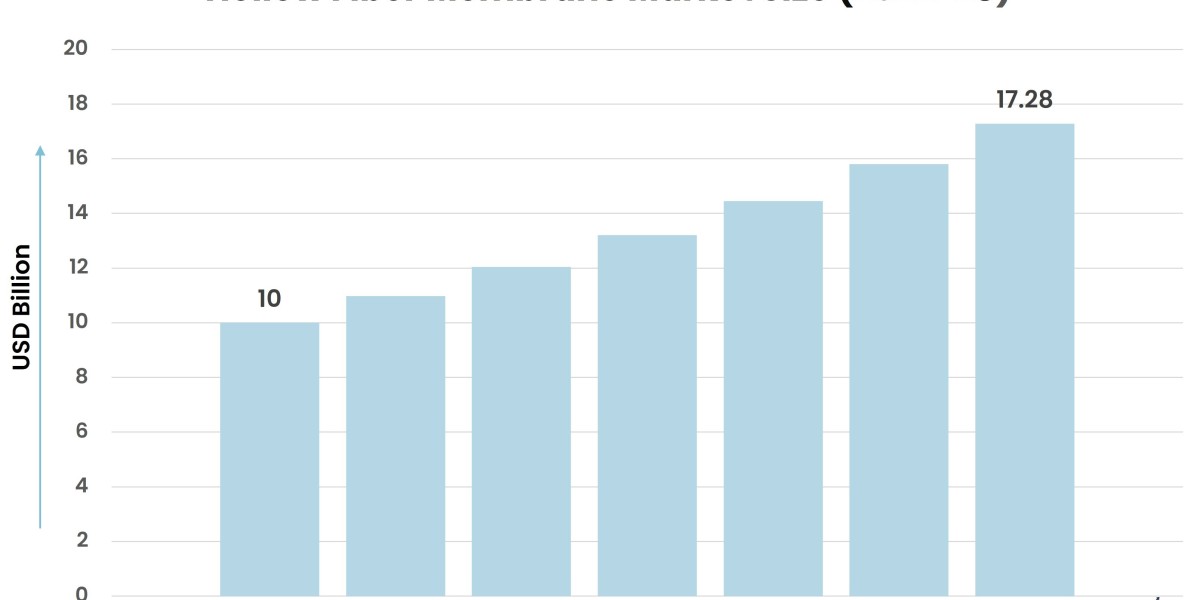According to Stratview Research, the hollow fiber membrane market was estimated at USD 10 billion in 2022 and is likely to grow at a CAGR of 9.5% during 2023-2028 to reach USD 17.28 billion in 2028.
In the intricate landscape of filtration technology, hollow fiber membranes stand out as a crucial component, offering versatile solutions across various industries. These membranes, composed of hollow fibers with nanoporous walls, are adept at separating and purifying substances on a molecular level. In this article, we delve deep into the complex and fascinating world of the hollow fiber membrane market, exploring its applications, innovations, and future prospects.
A Closer Look at Hollow Fiber Membranes:
Hollow fiber membranes are intricately designed structures that resemble miniature tubes, with pores lining the walls of the fibers. These membranes are manufactured using advanced materials such as polymers, ceramics, and metals, each tailored to specific applications and performance requirements. The unique structure of hollow fibers provides a large surface area for filtration, allowing for efficient separation of substances based on size, charge, or affinity.
Applications Across Industries:
The versatility of hollow fiber membranes makes them indispensable in a wide range of industries. In water and wastewater treatment, these membranes are utilized for desalination, ultrafiltration, and microfiltration, providing clean and potable water for communities and industries alike. In biopharmaceutical manufacturing, hollow fiber membranes play a crucial role in protein purification and cell culture processes, ensuring the production of high-quality biologics. Additionally, hollow fiber membranes are employed in gas separation applications, such as oxygen enrichment and carbon dioxide capture, contributing to environmental sustainability efforts.
Innovations Driving Market Growth:
The hollow fiber membrane market is propelled by continuous innovations aimed at enhancing performance, durability, and efficiency. Advances in membrane materials, manufacturing processes, and module design have led to improvements in filtration performance, allowing for higher flux rates, greater selectivity, and longer membrane lifespan. Additionally, research efforts focused on developing novel membrane chemistries and surface modifications are expanding the range of applications and improving the scalability of hollow fiber membrane technologies.
Market Dynamics and Challenges:
Despite its growth prospects, the hollow fiber membrane market faces certain challenges. Cost considerations, membrane fouling, and scalability issues are among the key challenges that manufacturers and end-users must navigate. However, ongoing research and development efforts, coupled with advancements in membrane technology and process optimization, are helping to address these challenges and drive market growth.
Future Prospects and Opportunities:
Looking ahead, the hollow fiber membrane market holds immense potential for expansion and diversification. Rapid urbanization, population growth, and increasing environmental concerns are driving the demand for clean water and sustainable filtration solutions, creating opportunities for market players. Additionally, the adoption of hollow fiber membranes in emerging applications such as point-of-use water treatment, decentralized wastewater treatment, and medical devices is expected to further fuel market growth in the coming years.
Conclusion:
In conclusion, the hollow fiber membrane market represents a dynamic and evolving segment of the filtration industry, offering innovative solutions to meet the growing demand for clean water, efficient separation processes, and sustainable technologies. By exploring the intricacies of the hollow fiber membrane market, we gain valuable insights into its applications, innovations, and future prospects, highlighting its importance in shaping a cleaner, healthier, and more sustainable world.








